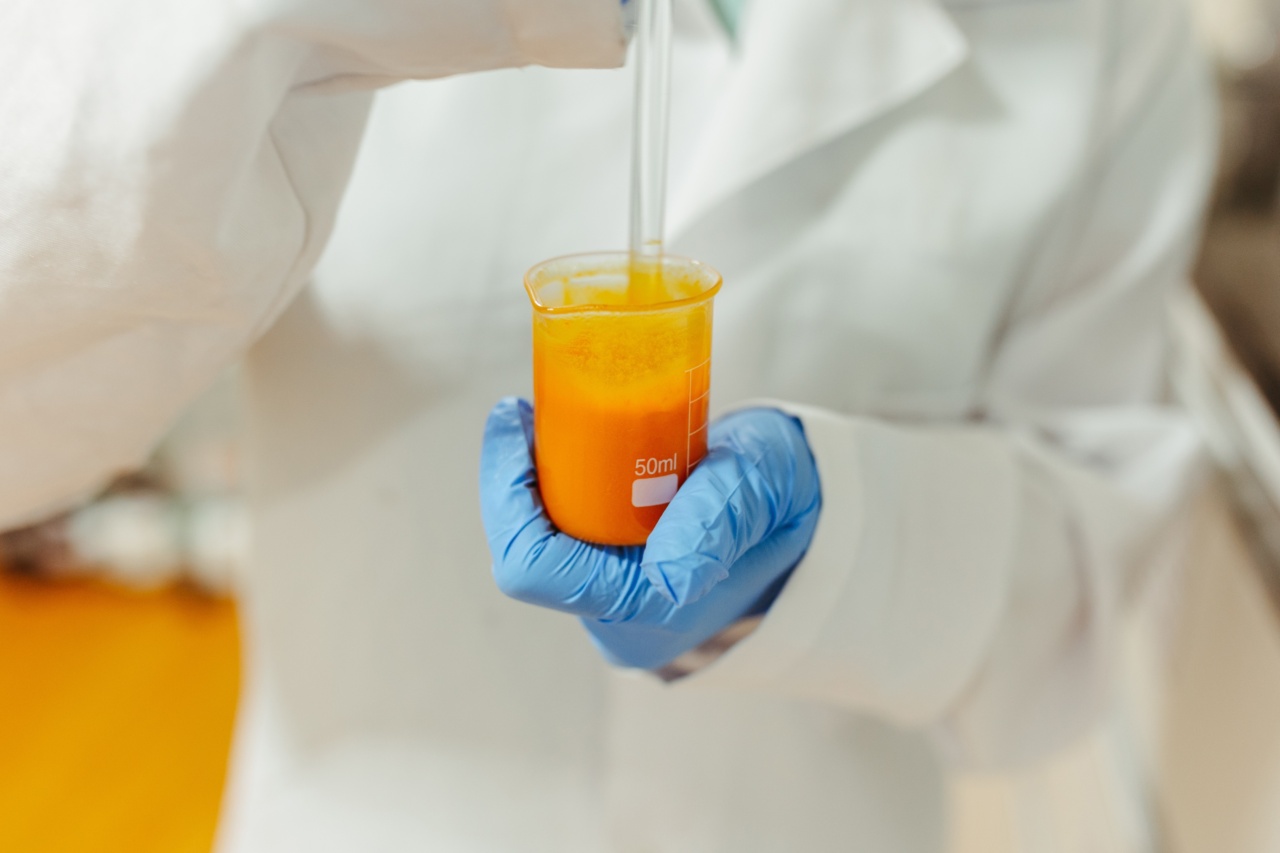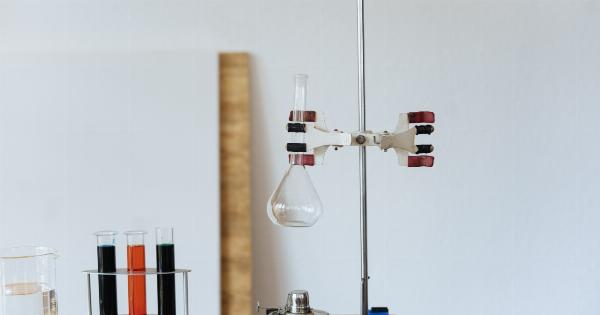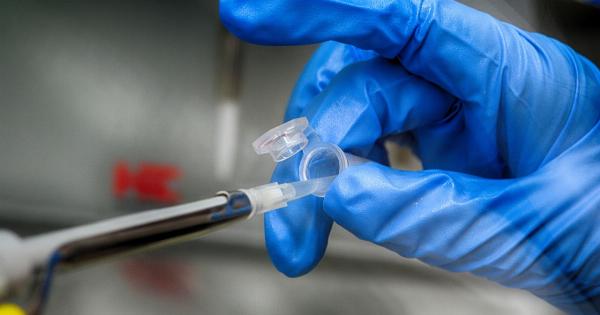Liquid retention, also known as fluid retention or edema, occurs when excess fluid builds up in the body’s tissues. This can cause swelling, discomfort, or other health problems.
A quick and easy liquid retention test can help determine if you are experiencing edema and may need to seek medical attention.
What is Liquid Retention?
Liquid retention occurs when the body’s tissues retain more fluid than they should.
This can happen for a variety of reasons including pregnancy, a medical condition, sitting or standing for long periods of time, or consuming excessive amounts of salty foods. Typically, the body is able to regulate and remove excess fluid through the urinary system. However, in cases where the body is unable to regulate this fluid, it can become a problem.
What are the Symptoms of Liquid Retention?
The most common symptom of liquid retention is swelling or puffiness in the affected area. This can occur in the feet, legs, ankles, hands, or face. Additionally, the affected area may feel stiff, heavy, or uncomfortable.
In some cases, the skin may become stretched and shiny. If you are experiencing any of these symptoms, it’s important to speak with your healthcare provider to determine the cause and appropriate treatment options.
The Quick and Easy Liquid Retention Test
To perform this test, you’ll need to find an area on your body that is prone to fluid retention. The most common areas are the legs, ankles, and feet. Follow these steps:.
- Press down firmly with your finger on the affected area.
- Hold the pressure for a few seconds, then release.
- Observe the area you pressed down on – does it leave an indentation or mark?
If the area you pressed down on leaves an indentation or mark, this may be a sign of excess fluid buildup and could indicate liquid retention.
Additionally, if you press down on the area and it feels spongy or bounces back slowly, this could also be a sign of excess fluid buildup.
When to Seek Medical Attention
If you have completed the quick and easy liquid retention test and believe you may be experiencing edema, it’s important to speak with your healthcare provider. They can help determine the underlying cause and recommend appropriate treatment options.
In some cases, liquid retention can be a sign of a more serious underlying condition such as heart or kidney disease.
If you are experiencing other symptoms such as shortness of breath, chest pain, or difficulty breathing, seek medical attention immediately.
Prevention Tips
While some cases of liquid retention cannot be prevented, there are some steps you can take to reduce your risk:.
- Avoid sitting or standing for long periods of time – take breaks to walk and stretch.
- Avoid consuming excessive amounts of salty or processed foods.
- Elevate your legs while sitting or lying down to promote circulation.
- Exercise regularly and maintain a healthy weight.
- Drink plenty of water to promote urine production and prevent dehydration.
: HTML Result
Quick and Easy Liquid Retention Test
Liquid retention, also known as fluid retention or edema, occurs when excess fluid builds up in the body’s tissues.
This can cause swelling, discomfort, or other health problems. A quick and easy liquid retention test can help determine if you are experiencing edema and may need to seek medical attention.
What is Liquid Retention?
Liquid retention occurs when the body’s tissues retain more fluid than they should.
This can happen for a variety of reasons including pregnancy, a medical condition, sitting or standing for long periods of time, or consuming excessive amounts of salty foods. Typically, the body is able to regulate and remove excess fluid through the urinary system. However, in cases where the body is unable to regulate this fluid, it can become a problem.
What are the Symptoms of Liquid Retention?
The most common symptom of liquid retention is swelling or puffiness in the affected area. This can occur in the feet, legs, ankles, hands, or face. Additionally, the affected area may feel stiff, heavy, or uncomfortable.
In some cases, the skin may become stretched and shiny. If you are experiencing any of these symptoms, it’s important to speak with your healthcare provider to determine the cause and appropriate treatment options.
The Quick and Easy Liquid Retention Test
To perform this test, you’ll need to find an area on your body that is prone to fluid retention. The most common areas are the legs, ankles, and feet. Follow these steps:.
- Press down firmly with your finger on the affected area.
- Hold the pressure for a few seconds, then release.
- Observe the area you pressed down on – does it leave an indentation or mark?
If the area you pressed down on leaves an indentation or mark, this may be a sign of excess fluid buildup and could indicate liquid retention.
Additionally, if you press down on the area and it feels spongy or bounces back slowly, this could also be a sign of excess fluid buildup.
When to Seek Medical Attention
If you have completed the quick and easy liquid retention test and believe you may be experiencing edema, it’s important to speak with your healthcare provider. They can help determine the underlying cause and recommend appropriate treatment options.
In some cases, liquid retention can be a sign of a more serious underlying condition such as heart or kidney disease.
If you are experiencing other symptoms such as shortness of breath, chest pain, or difficulty breathing, seek medical attention immediately.
Prevention Tips
While some cases of liquid retention cannot be prevented, there are some steps you can take to reduce your risk:.



























